Why trust BikePerfect
Continental’s gravity tire range has been around for a long time and, other than some tweaks to compounds and some new wheel sizes, has remained relatively unchanged over the last decade.
That meant the tires were long overdue for an update and after three years of development in close partnership with the Atherton Racing Team, Continental has announced a full range of brand new gravity tires. The project had originally intended to be a single tire but was broadened to produce five tires with three compound and three carcass options. The result is a catalog of 20 different tire options covering all-terrain surfaces from trail to downhill and available in both 29er and 27.5 wheel sizes.
Along with the tires Continental has made a big return to the downhill and enduro scene becoming title sponsors of the Atherton Racing team as well as sponsoring Pivot Factory Racing, Pinkbike Racing, and Continental Nukeproof who will also be using Continental’s best mountain bike tires.
We got invited by Continental to the Atherton’s very own gravity playground, Dyfi Bike Park in Wales, to check out the new tires and get a first ride out on the trails. Keep reading to find out more.
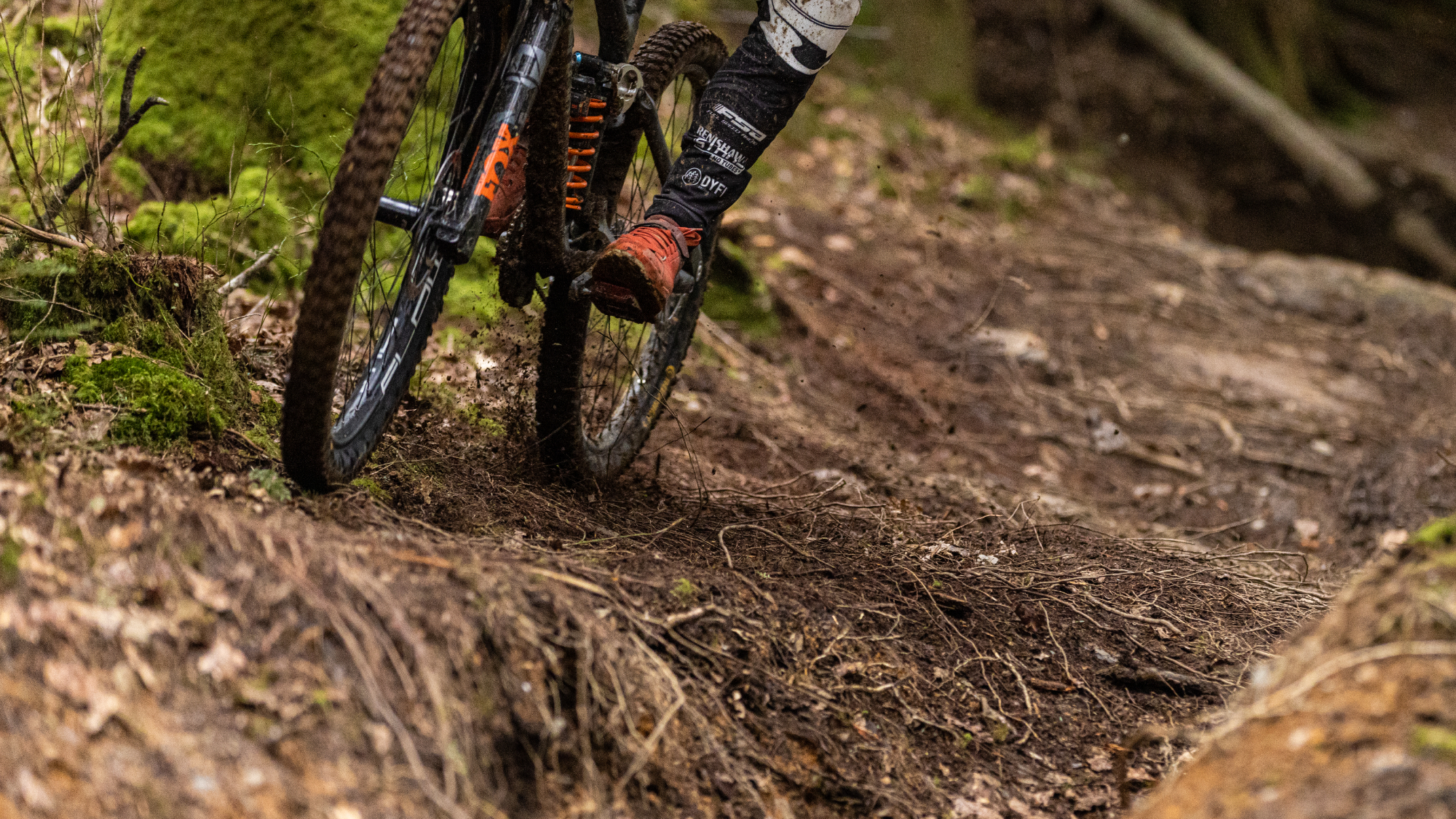
The Athertons have a lot of experience on Continental tires, other than a short hiatus when riding for Trek, they have been on Continental tires since 2010 and have previously had a hand in the development of Continental’s venerable Der Baron and Der Kaiser models. The new tires are the result of exploring gravity options currently available on the market before developing the new tread patterns. This was all done in collaboration between rider experience on the trail and lab results. Continental hasn’t done a great job keeping its new tires under wraps, having been spotted at the races over the last year and a bit, but the German tire manufacturer has been very tight-lipped in regards to details of the prototypes that were seen being raced. Continental has officially announced the new tire range features five tire tread patterns which are aimed at varying different conditions; hardpack, mixed, loamy, and mud.

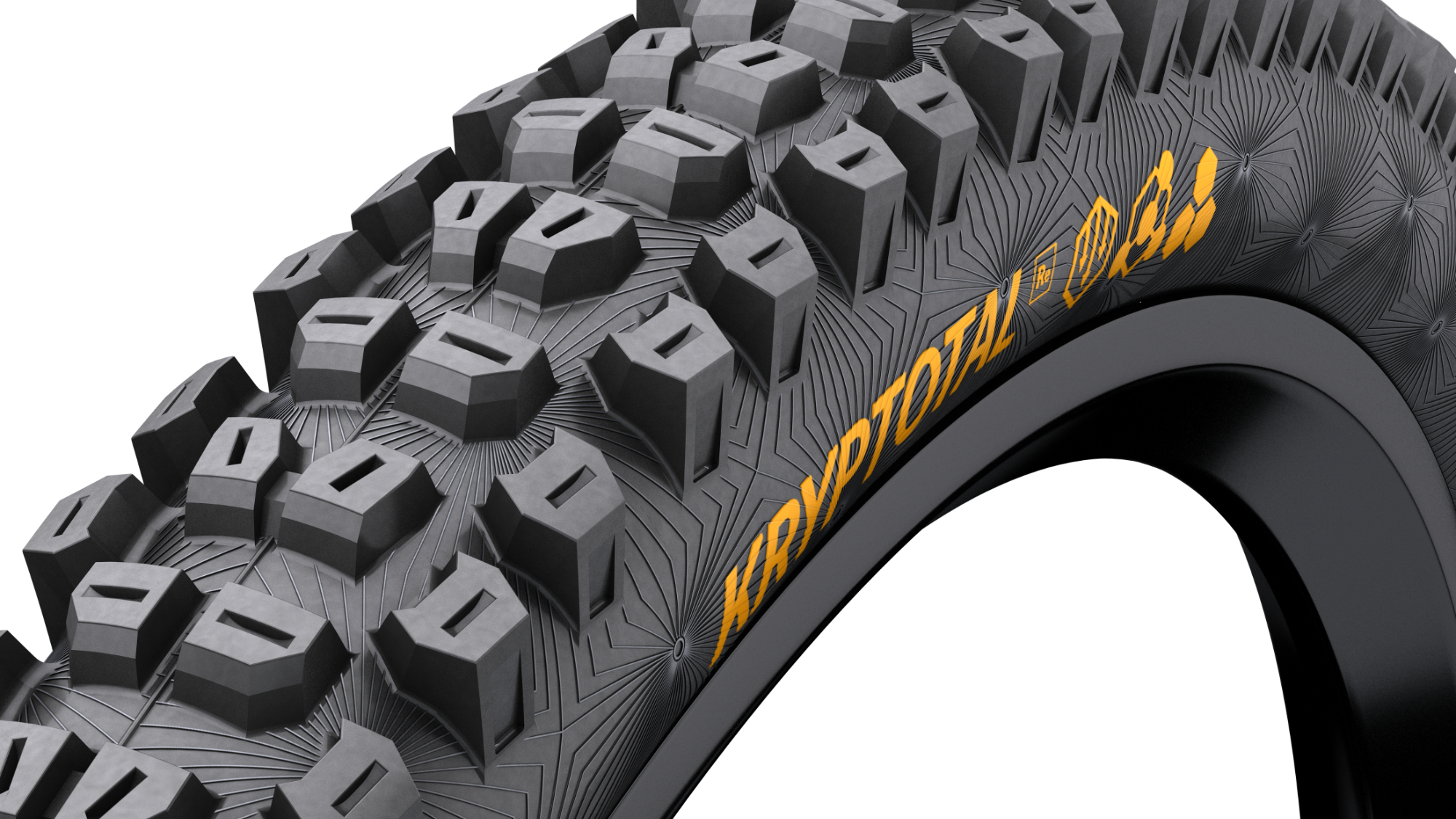
At the front of the range is the Kryptotal which is designed for mixed terrain and comes in a front and a rear orientation. Both feature well-spaced ramped knobs to provide a balance of fast-rolling and traction. The front features a two-three-two center layout for agility and cornering while the rear has an alternating two-block setup with a parallel block and squared-off blocks for better traction and braking. While the front and rear tires are optimized for specific ends of the bike doesn’t mean that they don’t work being run unconventionally depending on the preferred feel and terrain you are riding.
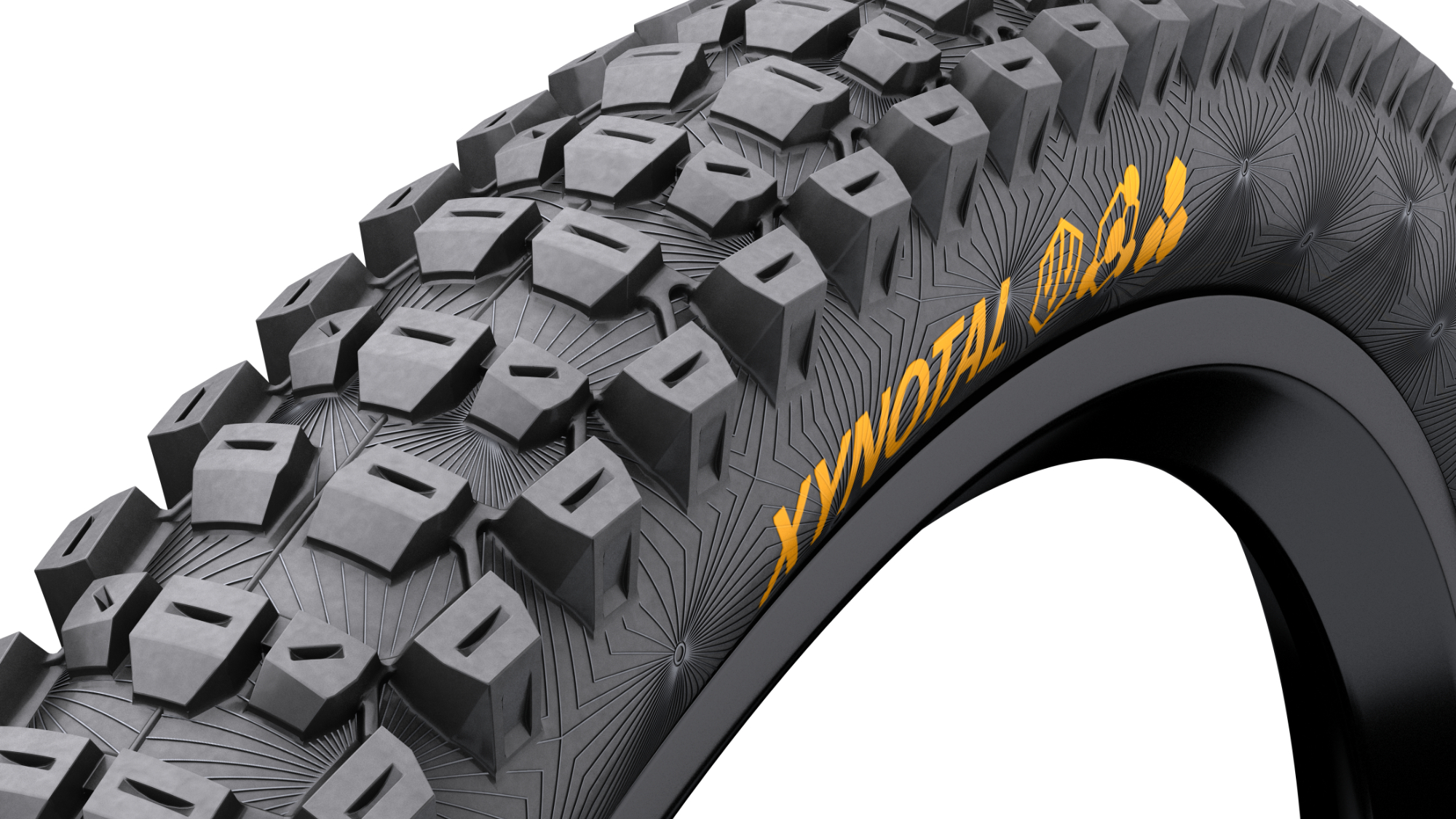
The Xynotal is a hardpack tire that features the same tread pattern as the Krytotal front but with more ramping and a flatter knob profile to promote lower rolling speeds and increase tire contact with the ground. Continental has added more sipping as well to give the tire more edges and tread deformity to enhance grip without adding too much extra rolling resistance.

For loose and loamy trails there is the Argotal, designed to dig into the soil and shed dirt by using a widely spaced tread pattern. The side knobs have also been enhanced with a taller profile and added support to help in loose corners and off-camber sections.
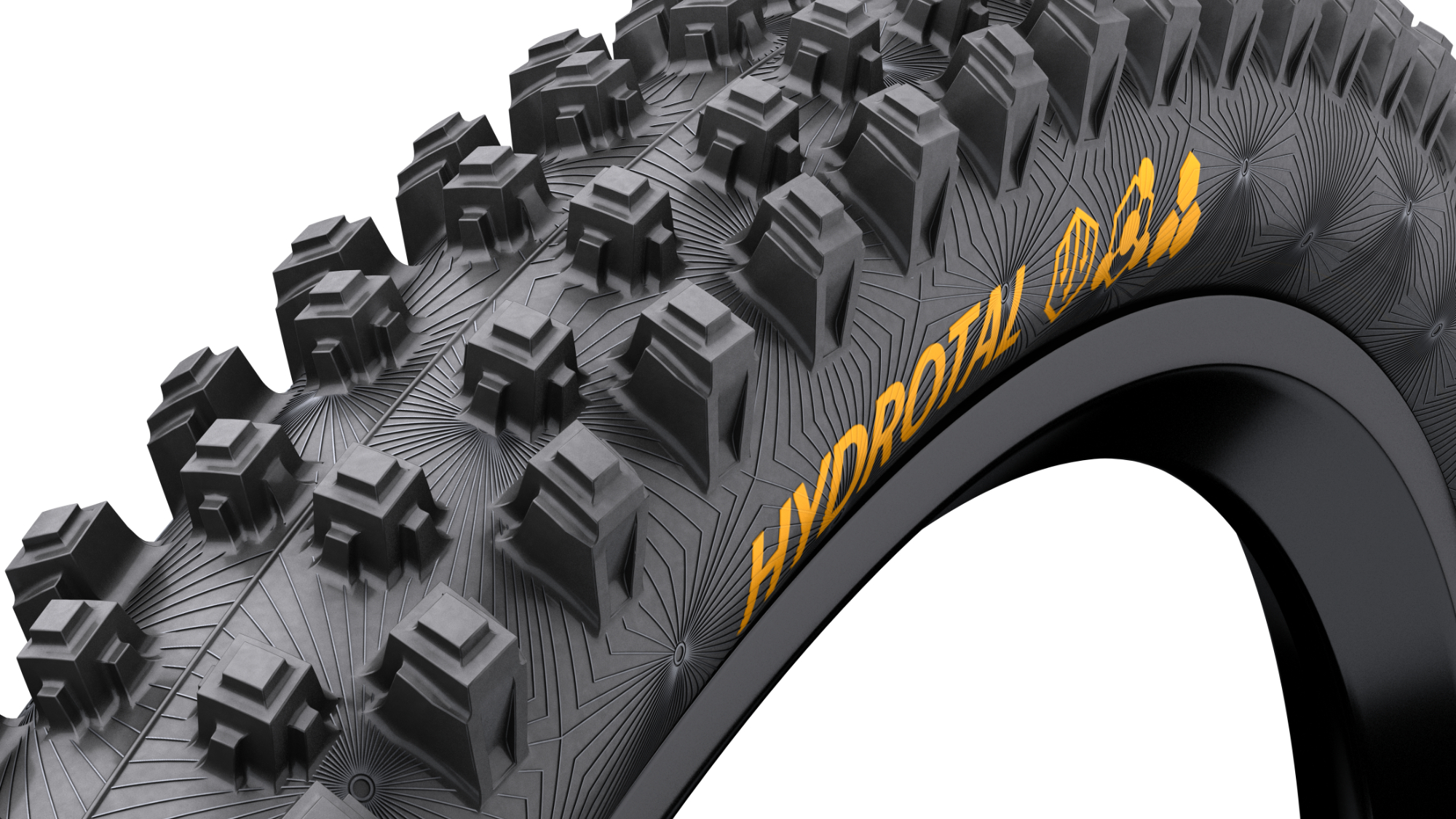
Lastly, there is the Hydrotal which is a wet weather mud spike. Designed specifically to be the best MTB tires for mud, it features a very tall and widely spaced tread with is supported to add better stability.
Construction
Not only did Continental develop five new tread patterns but there are three carcasses and three different compounds to choose from as well. Harnessing what Continental is calling ‘Gripology’, it has developed an Endurance Compound, Soft Compound, and SuperSoft Compound. The Endurance Compound should offer better tire longevity and is suited to higher mileage trail riding while the Soft and Super Soft are focused on Enduro mountain biking and downhill racing respectively.
The three casing options are split into similar designations and the levels of protection they have. The thinnest is the Trail with a two-layer carcass with an additional third layer under the tread. A section of cross-woven fabric provides further protection to the sidewall and a chafer textile around the bead is said to add protection where the tire meets the rim.

The Enduro carcass has the same layup as the Trail but adds an Apex layer around the bead to increase protection against snakebites. The Downhill casing has all the features of the Enduro but gets significant reinforcement with four layers of carcass material and a further two layers under the tread.
Almost all the tread patterns are available in all the carcass and compound options although the Trail casing is only available in the Endurance compound and the Enduro casing only comes in the Soft option. The only exception is the Kryptotal front which oddly isn’t available with a Downhill casing and soft compound pairing and the Hydrotal which understandably only comes in a Supersoft compound and downhill casing.
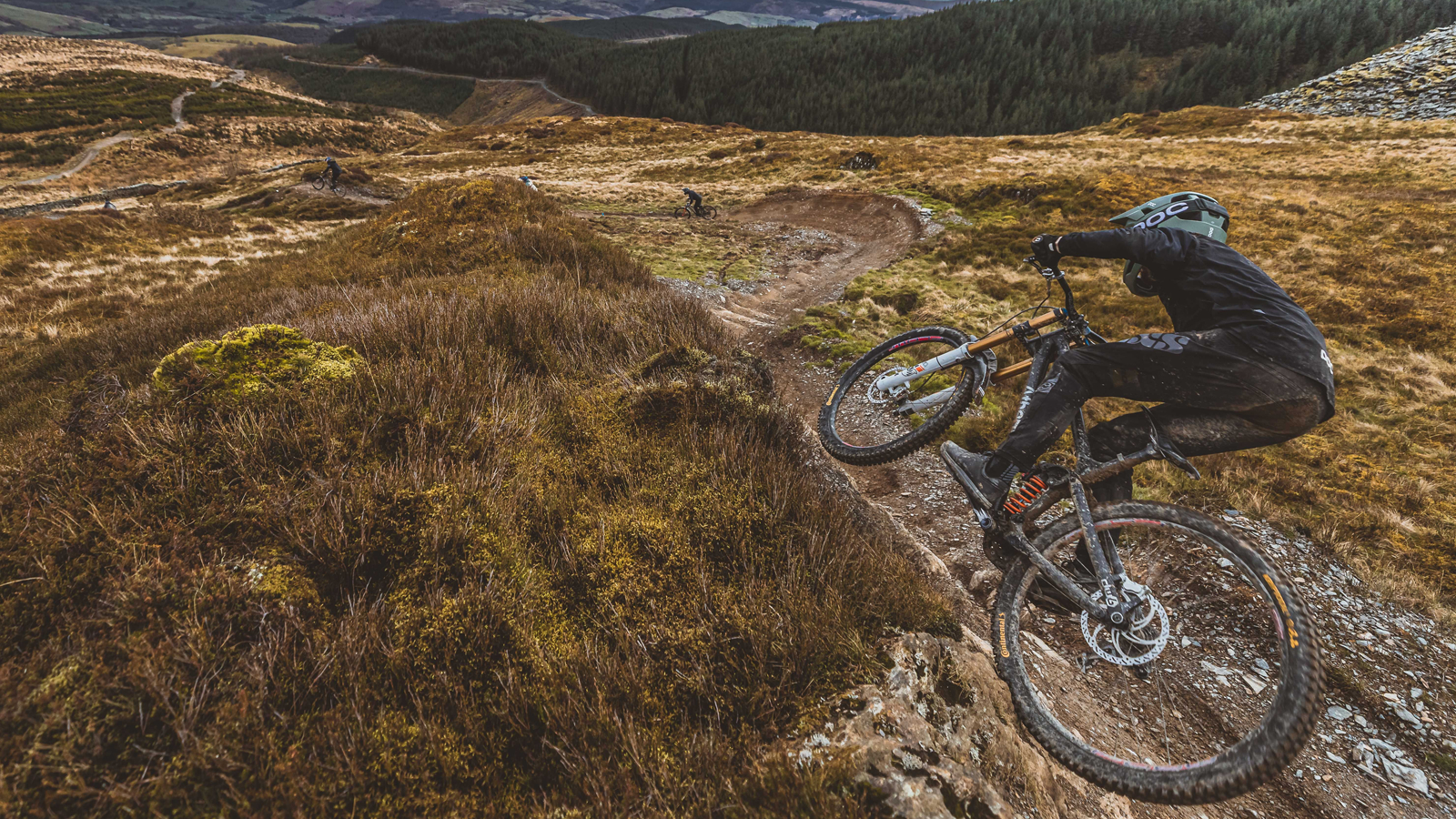
First impressions
Our Atherton downhill test bike was fitted with the Kryptotal front and rear tires in Continental’s most robust and stickiest iteration and best suited to the varying terrain of the Welsh bike park.
I managed eight runs of the bike park although there are a lot of variables at play so this first impression should be considered anecdotal as the bike park terrain and downhill mountain bike were both very different from the riding I am used to.
That said, they felt grippy on the hardpack and rocky features around the top section of the park with more than enough predictability and confidence to drive the tires through corners and over off-camber or chundery features. In fact, it was very easy to get a feel of the tire profile with a consistent level of grip through the transition from center knobs to shoulder lugs or under braking.

On the looser, claggier mud lower down they did have the tendency to break free a little more than I expected, initiating a smooth and manageable drift. However, after a little experimentation with tire pressures, dropping down to 18 psi front and 22 psi rear, the grip was greatly improved.
Sidewall stability appeared to be decent too, the bike park is littered with high-speed berms and despite dropping too low pressures I didn’t feel the tires folding or burping which is pretty impressive considering there were no inserts fitted – although maybe it's a sign I wasn’t riding hard enough.
I didn’t find the tires had much of a damped feeling, even after dropping the psi. However, this might have been a combination of not having the fork dialed in, a stiffer downhill cockpit, and the rapid rough bike park impacts, all of which are pretty alien to the trail and XC riding I am most used to.
We will be getting a selection of Continental’s new tires to test in lighter casings to better suit our home trails and will bring you full reviews once we have put some miles on them.

Pricing and availability
Continental says that the full range of tires are available to purchase right now and with pricing starting at €59.95 depending on the model and variant. US and UK pricing is to be confirmed.
Tech Specs: Continental Gravity tire range
- Price: From €59.95
- Weight: Trail 1000g-1200g, Enduro 1080g-1275g, Downhill 1290g
- Colors: Black
- Wheel sizes: 29 and 27.5
- Tire sizes: 2.4 and 2.6

Graham Cottingham joined the BikePerfect team as our senior tech writer in 2020. With over 20 years of riding experience, he has dabbled in downhill, enduro, and gravel racing. Not afraid of a challenge, Graham has embraced bikepacking over the last few years and likes nothing more than strapping some bags to his bike and covering big miles to explore Scotland's wildernesses. When he isn’t shredding the gnar in the Tweed Valley, sleeping in bushes, or tinkering with bikes, he is writing tech reviews for BikePerfect.
Rides: Cotic SolarisMax, Stooge MK4, 24 Bicycles Le Toy 3, Surly Steamroller
Height: 177cm
Weight: 71kg
What is a hands on review?
'Hands on reviews' are a journalist's first impressions of a piece of kit based on spending some time with it. It may be just a few moments, or a few hours. The important thing is we have been able to play with it ourselves and can give you some sense of what it's like to use, even if it's only an embryonic view.

